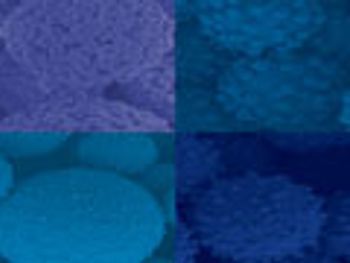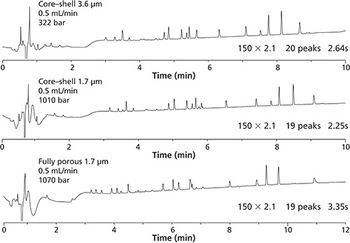
The Column
Saliva is becoming ever more commonly used in drug testing over urine or blood samples because of its ease of collection. As such, existing testing methods are being adapted for application to accommodate a change in sample matrix. In a new study published in the Journal of Chromatography A, scientists from the National Institute on Drug Abuse (Maryland, USA) and the University of Maryland Baltimore (Maryland, USA) present the use of precolumn derivatization using N(?)-(2,4-dinitro-5-fluorophenyl)-l-alaninamide (Marfey?s reagent) prior to liquid chromatography–mass spectrometry (LC–MS) analysis for the quantitation of chiral amphetamines in plasma and saliva.1






